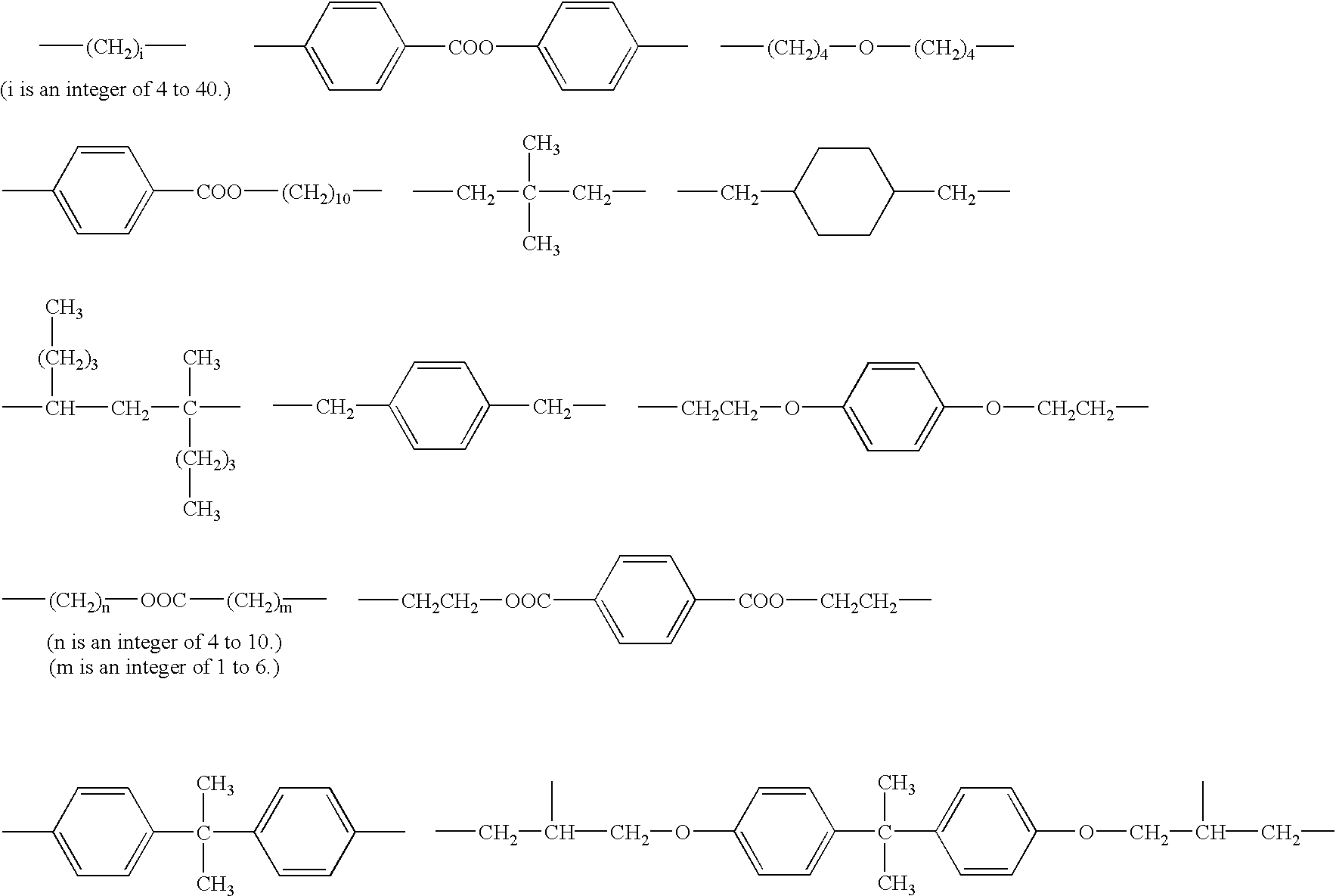Organophosphorus compounds for dental polymerizable compositions
- Summary
- Abstract
- Description
- Claims
- Application Information
AI Technical Summary
Benefits of technology
Problems solved by technology
Method used
Image
Examples
examples 1-2 to 1-4
Comparative Examples 1-1 to 1-3
The same procedures as in Example 1-1 were carried out to prepare MDP, except for using each of phosphorus oxychloride and triethylamine in amounts shown in Table 1, which were the same as those used in First Dropping Step and Second Dropping Step described above. The purity as determined by HPLC and the electric conductivity for each of the resulting MDPs are summarized in Table 1.
example 1-5
Two-hundred milliliters of distilled water was added to 10 g of the MDP having a high electric conductivity, which was obtained in the method of Comparative Example 1-1, and the mixture was vigorously stirred, to give a colloidal suspension. After stirring this suspension at room temperature for 10 hours, diethyl ether was added to the resulting suspension to extract the MDP into an ether layer. The ether was distilled off under reduced pressure, and about 9 g of MDP was recovered. This procedure was repeated twice to remove ionic substances, and as a result, the MDP having an electric conductivity of 0.356 mS / cm was obtained.
example 1-6
In the same manner as in Example 1-1, 48.4 g (0.2 mole) of 10-hydroxydecyl methacrylate was reacted with 36.8 g (0.24 mole) of phosphorus oxychloride in the presence of 24.3 g (0.24 mole) of triethylamine using diethyl ether as a solvent (First Dropping Step). Subsequently, Second Dropping Step was further carried out by adding dropwise 12.6 g (0.7 mole) of distilled water and 40.5 g (0.4 mole) of triethylamine to the reaction mixture.
The reaction mixture was added to 0.4 N dilute aqueous hydrochloric acid, and the mixture was stirred, and the ether was further added to allow separation of an organic layer. Using a separatory funnel, the organic layer was further washed thrice with 0.4 N dilute aqueous hydrochloric acid, and subsequently twice with 1% salt solution.
Two-hundred milliliters of ion-exchanged water was added to the organic layer, and the mixture was stirred at room temperature for 12 hours, to convert a trace amount of unreacted P--Cl compound to P--OH (hydrolysis). Fiv...
PUM
| Property | Measurement | Unit |
|---|---|---|
| Temperature | aaaaa | aaaaa |
| Fraction | aaaaa | aaaaa |
| Percent by mass | aaaaa | aaaaa |
Abstract
Description
Claims
Application Information
 Login to View More
Login to View More - R&D
- Intellectual Property
- Life Sciences
- Materials
- Tech Scout
- Unparalleled Data Quality
- Higher Quality Content
- 60% Fewer Hallucinations
Browse by: Latest US Patents, China's latest patents, Technical Efficacy Thesaurus, Application Domain, Technology Topic, Popular Technical Reports.
© 2025 PatSnap. All rights reserved.Legal|Privacy policy|Modern Slavery Act Transparency Statement|Sitemap|About US| Contact US: help@patsnap.com



